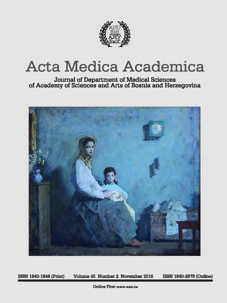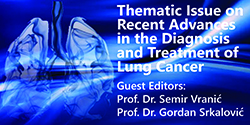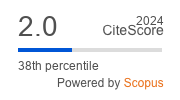Skeletal maturity assessment using mandibular canine calcification stages
DOI:
https://doi.org/10.5644/ama2006-124.168Keywords:
Orthodontics, Mandibular canine, Calcification stage, Cervical vertebrae, Skeletal maturationAbstract
Objective. The aims of this study were: to investigate the relationship between mandibular canine calcification stages and skeletal maturity; and to evaluate whether the mandibular canine calcification stages may be used as a reliable diagnostic tool for skeletal maturity assessment. Materials and methods. This study included 151 subjects: 81 females and 70 males, with ages ranging from 9 to 16 years (mean age: 12.29±1.86 years). The inclusion criteria for subjects were as follows: age between 9 and 16 years; good general health without any hormonal, nutritional, growth or dental development problems. Subjects who were undergoing or had previously received orthodontic treatment were not included in this study. The calcification stages of the left permanent mandibular canine were assessed according to the method of Demirjian, on panoramic radiographs. Assessment of skeletal maturity was carried out using the cervical vertebral maturation index (CVMI), as proposed by the Hassel-Farman method, on lateral cephalograms. The correlation between the calcification stages of mandibular canine and skeletal maturity was estimated separately for male and female subjects. Results. Correlation coefficients between calcification stages of mandibular canine and skeletal maturity were 0.895 for male
and 0.701 for female subjects. Conclusions. A significant correlation was found between the calcification stages of the mandibular canine and skeletal maturity. The calcification stages of the mandibular canine show a satisfactory diagnostic performance only for assessment of pre-pubertal growth phase.






